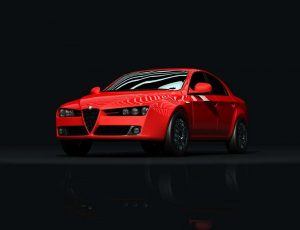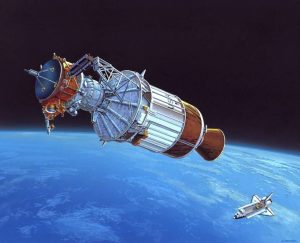- This topic is empty.
-
AuthorPosts
-
17/06/2024 at 16:12 #2882
Welcome to this comprehensive discussion on the basic components that constitute an electronic circuit. In this post, we will delve into the intricate world of electronic circuits, exploring their fundamental building blocks and shedding light on their essential roles. Whether you are a novice or an experienced enthusiast, this article aims to provide you with a deeper understanding of the key components that make up electronic circuits.
1. Power Supply:
At the heart of every electronic circuit lies the power supply. It serves as the source of energy, providing the necessary voltage and current to drive the circuit’s operation. Power supplies can be either AC (alternating current) or DC (direct current), depending on the specific application. Common examples include batteries, wall adapters, and power generators.2. Resistors:
Resistors are passive components that regulate the flow of electric current within a circuit. They introduce resistance, measured in ohms, which determines the amount of current that can pass through them. Resistors are crucial for controlling voltage levels, limiting current flow, and protecting sensitive components from damage. They come in various types, such as fixed resistors, variable resistors (potentiometers), and thermistors.3. Capacitors:
Capacitors store and release electrical energy, acting as temporary reservoirs within a circuit. They consist of two conductive plates separated by a dielectric material. Capacitors are widely used for smoothing out voltage fluctuations, filtering noise, and storing charge for later use. Different types of capacitors, including electrolytic, ceramic, and tantalum capacitors, offer varying capacitance values and voltage ratings to suit specific circuit requirements.4. Inductors:
Inductors are passive components that store energy in a magnetic field when current flows through them. They consist of a coil of wire wound around a core material. Inductors resist changes in current flow, making them useful for filtering out high-frequency noise and storing energy in applications such as transformers and oscillators. Inductors are measured in henries and come in various forms, including air-core, iron-core, and toroidal inductors.5. Diodes:
Diodes are semiconductor devices that allow current to flow in only one direction. They act as electronic valves, enabling the control of current flow and protecting circuits from reverse polarity. Diodes are commonly used in rectification circuits, voltage regulation, and signal demodulation. Popular types of diodes include the standard rectifier diode, Zener diode, and light-emitting diode (LED).6. Transistors:
Transistors are active components that amplify or switch electronic signals. They are the building blocks of modern electronics, enabling the creation of complex circuits. Transistors come in various types, such as bipolar junction transistors (BJTs) and field-effect transistors (FETs). They are crucial for applications like amplification, switching, and digital logic.Conclusion:
Understanding the basic components of an electronic circuit is essential for anyone interested in electronics. By grasping the roles and functions of power supplies, resistors, capacitors, inductors, diodes, and transistors, you can begin to comprehend the intricate workings of electronic devices. Remember, this is just the tip of the iceberg, and further exploration into each component will reveal even more fascinating details. So, embrace the world of electronic circuits and unlock endless possibilities in the realm of technology. -
AuthorPosts
- You must be logged in to reply to this topic.


